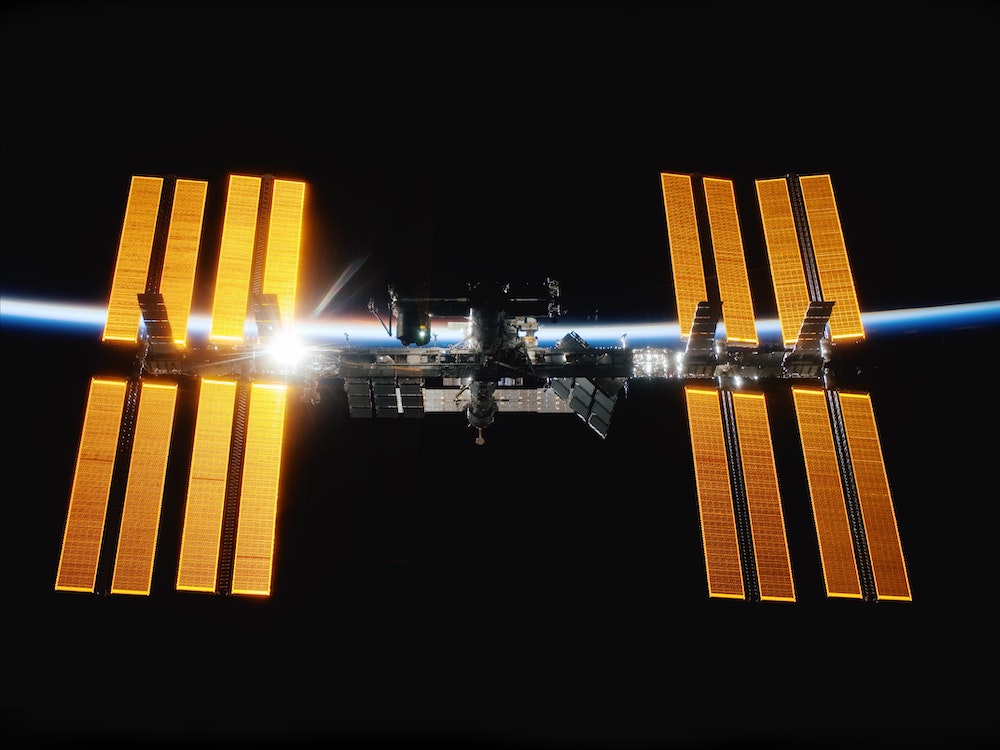Well, that's one way to do it ...
NASA recently announced it's retiring the International Space Station (ISS) in 2030, after 30 years of service. How does NASA plan on retiring ISS? By plunging it into the Pacific Ocean, of course. How else would you do it?
The ISS launched in 2000 and has orbited 227 nautical miles above the Earth, with more than 200 astronauts from 19 counties having been aboard during its tenure.
"The International Space Station is entering its third and most productive decade as a groundbreaking scientific platform in microgravity," said Robyn Gatens, director of the International Space Station at NASA Headquarters, in a statement. "This third decade is one of results, building on our successful global partnership to verify exploration and human research technologies to support deep space exploration, continue to return medical and environmental benefits to humanity, and lay the groundwork for a commercial future in low-Earth orbit. We look forward to maximizing these returns from the space station through 2030 while planning for transition to commercial space destinations that will follow."
According to the International Space Station Transition Report, NASA said the plan was for the ISS to fall to Earth in an area known as the South Pacific Oceanic Uninhabited Area—also known as Point Nemo.
Point Nemo is a point in the ocean farthest from land and has worked as a watery grave for many other spacecraft. It's named after the submarine sailor in Jules Verne's Twenty Thousand Leagues Under the Sea.
What do you think of the International Space Station retiring after 30 years? Share your thoughts with us in the comments below.
